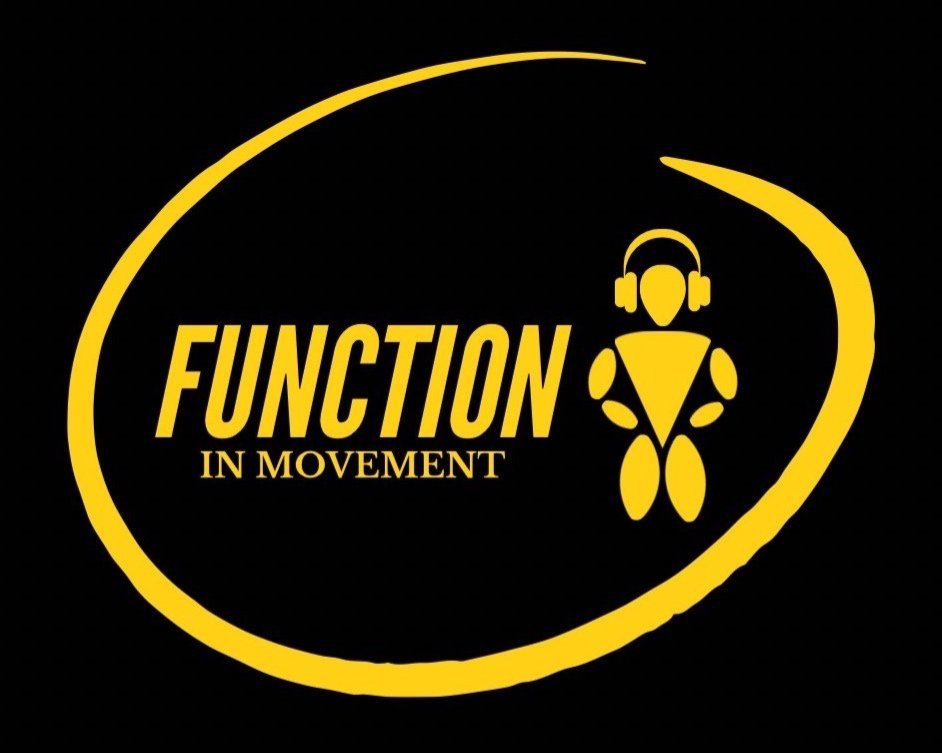How Does Physical Therapy Help With Musculoskeletal Dysfunctions?
Physical therapy plays a crucial role in managing and treating musculoskeletal dysfunctions. By employing a range of techniques and personalized treatment plans, physical therapists help patients regain mobility, reduce pain, and improve overall function. In this blog, we'll explore how physical therapy aids in addressing these issues and what you can expect from the process.
Understanding Musculoskeletal Dysfunctions
Musculoskeletal dysfunctions encompass a range of issues affecting the muscles, bones, and joints. These can manifest as pain, stiffness, or reduced mobility, often resulting from injury, overuse, or conditions like arthritis. Understanding these dysfunctions is crucial, as it helps in tailoring treatment approaches.
The impact of musculoskeletal dysfunctions can be profound. Everyday activities, such as walking, sitting, or performing work-related tasks, may become challenging. This pain not only affects physical capabilities but can also lead to emotional distress and a decreased quality of life.
By identifying the root cause of pain and dysfunction, we can address these issues more effectively. This diagnostic process often involves a comprehensive evaluation, including patient history and physical examination.
Ultimately, gaining a clearer understanding of musculoskeletal dysfunctions sets the foundation for effective intervention strategies in physical therapy. This understanding reinforces the importance of early treatment to prevent further complications.
The Role of Physical Therapy in Recovery
Physical therapy is integral to the recovery process from musculoskeletal dysfunctions. Through tailored exercises and modalities, it provides tools for healing and improvement. A skilled physical therapist assesses the condition and develops a personalized treatment plan that addresses specific patient needs.
One of the key roles of physical therapy is to restore movement and functionality in affected areas. This may include strengthening weakened muscles, improving balance, and enhancing flexibility. These elements are essential in promoting a safe return to daily activities.
Another important aspect is pain management. Physical therapists utilize various techniques to help alleviate pain, including manual therapy, heat treatment, and ultrasound. These approaches not only reduce discomfort but also assist in promoting healing.
Moreover, physical therapy fosters a collaborative approach to recovery. Patients are encouraged to engage actively in their treatment plans, which not only empowers them but also aids in achieving a better outcome.
Common Techniques Used in Physical Therapy
Various techniques are employed in physical therapy to address musculoskeletal dysfunctions effectively. Common methods include exercise therapies, manual therapy, electrotherapy, and education about body mechanics.
Exercise therapy is pivotal; it includes targeted exercises designed to improve strength, flexibility, and endurance. The right exercises can significantly enhance recovery and help prevent future injuries.
Manual therapy involves hands-on techniques to manipulate the muscles and joints. This can help decrease pain, increase mobility, and improve overall function, making it a cornerstone of many physical therapy programs.
Additionally, electrotherapy, such as TENS (Transcutaneous Electrical Nerve Stimulation), can provide pain relief and promote healing by stimulating the muscles and nerves. It's just one more tool in the toolbox of effective physical therapy.
Personalized Treatment Plans for Effective Results
One of the strengths of physical therapy is its focus on personalization. Each treatment plan is specifically designed based on the patient's unique needs and goals. This targeted approach ensures that interventions are appropriate and effective.
Creating a personalized treatment plan typically starts with an initial assessment, where a physical therapist evaluates the patient's condition. This involves understanding pain levels, physical limitations, and personal health history, allowing for comprehensive care.
As the patient progresses, treatment plans may be adjusted to reflect improvements or changing circumstances. This adaptability is crucial, as recovery isn't always linear, and different techniques may prove necessary at various stages.
Ultimately, the focus on personalization leads to more effective results and a greater likelihood of patient satisfaction and success in achieving health goals.
Benefits of Physical Therapy Beyond Pain Management
While pain management is a significant aspect of physical therapy, the benefits extend far beyond just alleviating discomfort. One primary benefit is the restoration of function, allowing patients to return to their normal routines and activities.
Physical therapy also plays a pivotal role in educating patients about their conditions. Through understanding the mechanics of their bodies, patients can learn how to prevent future injuries and maintain their health long-term.
Furthermore, engaging in physical therapy promotes healthier lifestyle choices. Patients often report feeling more motivated to exercise and stay active, which not only supports healing but also aids in overall wellness.
In essence, physical therapy fosters a holistic approach to health. By addressing both physical and emotional aspects of recovery, it empowers individuals to take control of their health and well-being.
Final Thoughts on Physical Therapy for Musculoskeletal Dysfunctions
In summary, physical therapy is an invaluable tool for those suffering from musculoskeletal dysfunctions. By focusing on individual needs, physical therapists can provide targeted interventions that not only alleviate pain but also promote healing and functionality. With a dedicated approach, patients can expect significant improvements in their quality of life.


